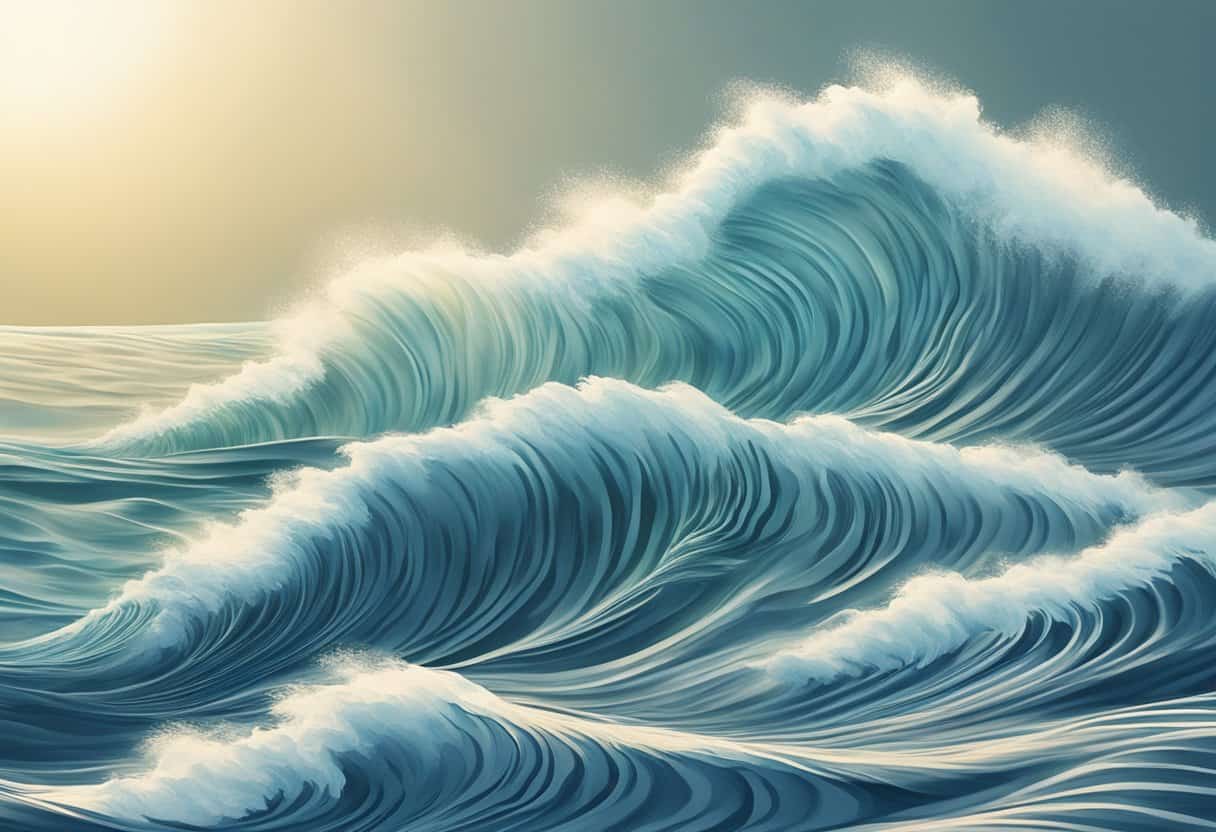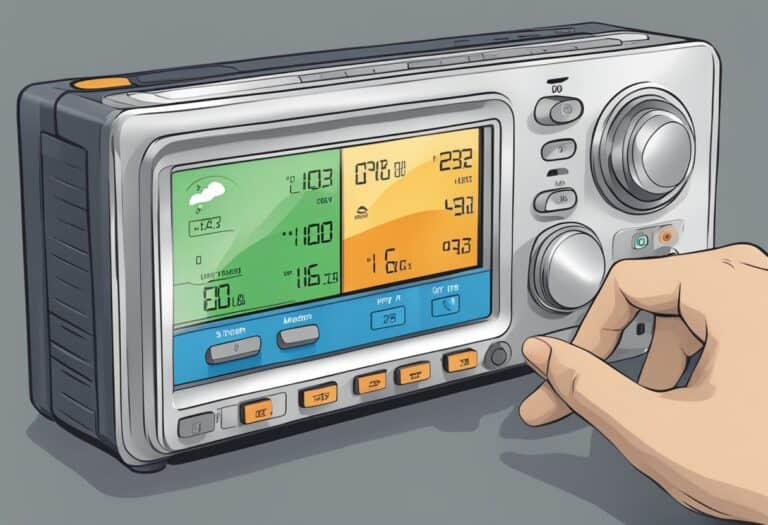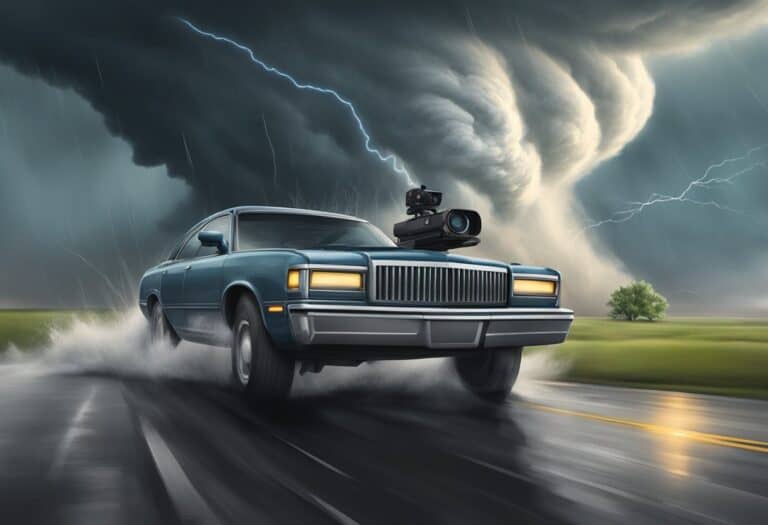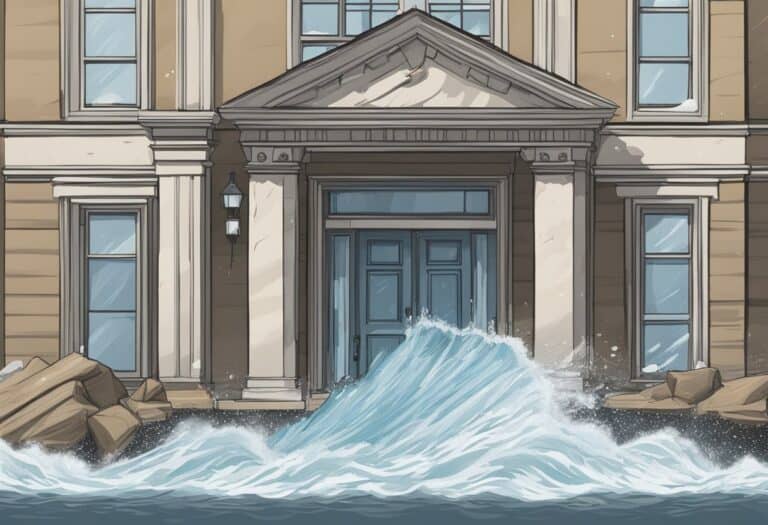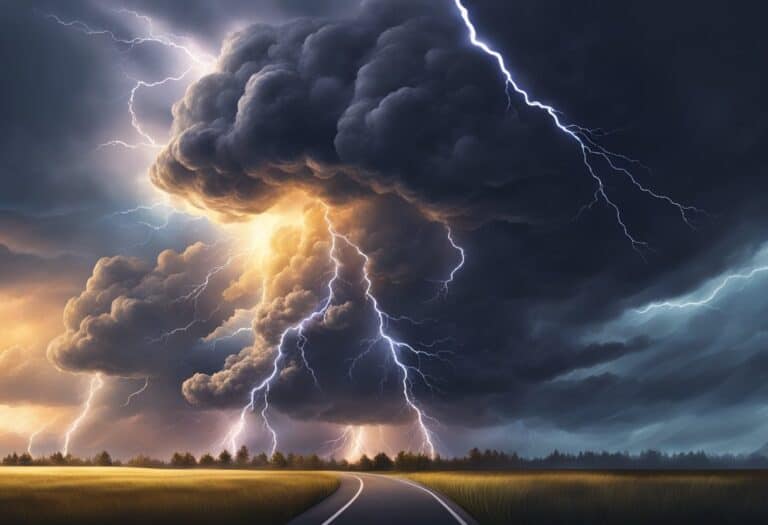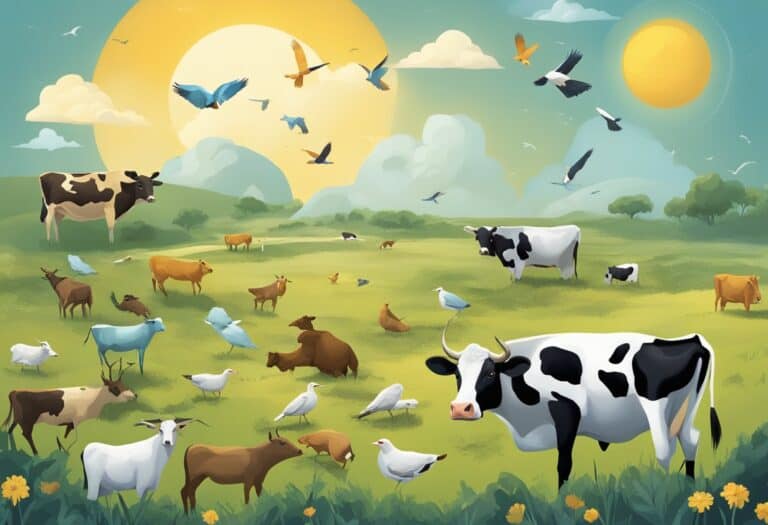Waves are created by the transfer of energy across the surface of water, primarily driven by the wind as it blows across vast oceans and lakes. When the wind encounters the surface of the water, it generates pressure and friction, initiating a transfer of energy from air to water. This results in the rise and fall of water particles in a rhythmic and predictable motion, forming waves.
The size and strength of these waves depend on several factors, including the wind speed, the duration of time the wind blows, and the distance over which the wind travels across the water, known as fetch. Additionally, the depth of the water and the shape of the ocean floor influence how waves ultimately form and break. In coastal areas, waves interact with the landscape, undergoing changes in height, speed, and direction, which can result in phenomena such as surfing breaks or the formation of riptides.
Wind transfers energy to water, creating ripples that grow into waves. Size depends on wind speed, duration & fetch. Waves interact with coasts, shaping landscapes & influencing activities like surfing. Other factors include tides, geology & weather.
Fundamentals of Wave Formation
Understanding how waves are formed is crucial when exploring the dynamic nature of oceans. The development of waves involves intricate physical processes influenced by several factors, including wind, the Earth’s rotation, and gravitational forces.
Role of Wind in Wave Development
Your first encounter with waves is likely the visual of ripples moving across a body of water. Wind plays the primary role in this phenomenon. When the wind blows across the ocean’s surface, it transfers its energy to the water, creating waves. The size and strength of these waves are determined by three key factors: the wind speed, the duration of the wind, and the fetch (the distance over which the wind blows without interruption). The longer the wind blows and the greater the fetch, the larger the waves can grow.
Effect of the Earth’s Rotation
The Earth’s rotation impacts wave formation through the Coriolis effect. This force causes moving air and water to turn to the right in the northern hemisphere and to the left in the southern hemisphere, influencing the direction and movement of wave patterns. The rotation of the Earth does not directly create waves, but it modifies their trajectories over time, contributing to varied and complex wave systems.
Impact of Gravitational Forces
Gravitational forces, especially the gravitational pull of the sun and moon, shape the tides, which are the longest wavelength waves in the ocean. This pull causes large masses of water to move, and as the planet rotates beneath these bulges of water, we experience the high and low tides. Additionally, these gravitational forces can influence the development of waves on the ocean’s surface by altering atmospheric pressure and thus affecting wind patterns.
Characteristics of Waves
Understanding the characteristics of waves is essential in comprehending their role in the natural world. From the gentle ripple on a pond to the colossal power of a tsunami, waves exhibit properties that can be measured, predicted, and analyzed.
Identifying Wave Types
When you observe waves, you’ll notice there are several types, each with distinguishing features. Two primary categories are mechanical waves, which require a medium to travel through, like sound waves in air, and electromagnetic waves, which do not require a medium and include light waves. Within these categories, waves can be further classified based on their direction of motion, such as longitudinal waves, where the particle displacement is parallel to the direction of wave propagation, and transverse waves, where particles move perpendicular to the wave’s direction.
Wave Properties and Behavior
Waves have specific properties that allow you to describe and predict their behavior:
- Wavelength (λ): The distance between two successive crests or troughs.
- Frequency (f): How often the waves pass a point in a given time, typically measured in hertz (Hz).
- Amplitude (A): The height from the rest position to the crest or trough, indicating wave energy.
- Speed (v): How fast the wave travels through the medium, calculated by multiplying wavelength by frequency (v = λf).
These properties influence how waves interact with the environment. For example, wind waves on the ocean surface can grow into large swells, given the right wind conditions and duration over which the wind blows (fetch). Occasionally, conditions give rise to rogue waves—massive and unexpected walls of water.
The wave height tells you the vertical distance from the crest to the trough, often used in the context of sea waves. On the high end of the spectrum, you find tsunamis, which are long waves generated by underwater disturbances such as earthquakes. Despite their immense energy and long wavelengths, they often appear as a quickly rising tide rather than a breaking wave.
Understanding wave behavior is crucial for various applications, from coastal engineering to navigation and climate studies. Waves can be predictable yet sometimes surprisingly powerful, demonstrating the immutable laws of physics in their ripples.
Ocean Dynamics and Waves
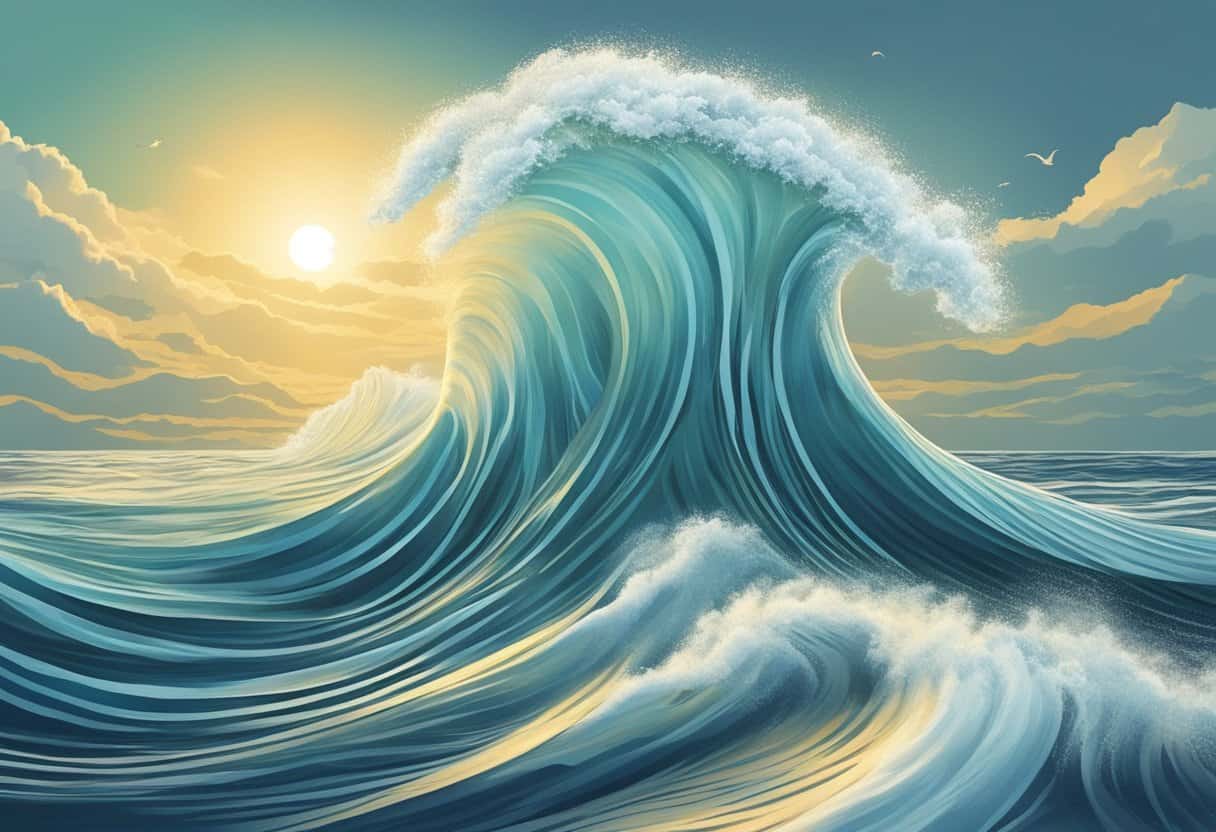
In understanding how ocean waves are formed, it’s important to consider the interplay between gravitational forces, geological events, and weather patterns. These factors collectively shape the dynamic environment of the ocean, producing the varied wave phenomena you observe along coastlines and in open seas.
Influence of Tidal Forces
Tidal forces, primarily generated by the gravitational pull of the moon and the sun, create what you know as tides. The interaction between these celestial bodies results in varying levels of tidal force that cause the sea level to rise and fall daily. High tides occur in areas where the moon’s gravitational pull is strongest, and low tides appear in regions where the pull is weakest. This alternating pattern of high and low water levels contributes to the formation of tidal waves (not to be confused with tsunamis), which can affect the shape of waves reaching your local beach.
Effects of Geological Events on Waves
Geological events such as earthquakes, volcanic eruptions, and underwater landslides can have dramatic effects on wave formation. For instance, an underwater earthquake can displace massive amounts of water, triggering seismic waves that manifest as tsunamis. These are powerful waves that can travel across entire ocean basins. Similarly, volcanic eruptions and landslides can disrupt the ocean’s surface and create waves due to the sudden displacement of water.
Link Between Weather and Sea Waves
Weather greatly influences the formation of sea waves. Storm surges, caused by hurricanes and intense storms, dramatically increase sea level and can lead to coastal flooding. The wind plays a pivotal role in the development of waves; it provides the energy that propels and shapes swell waves, which are long-crested wave patterns often seen rolling onto distant beaches. Changes in weather, from subtle shifts in wind direction to the profound impact of a hurricane, define the size, strength, and behavior of waves.
Interactions with Coastal Landscapes
Waves exert a significant impact on coastal landscapes, shaping their features over time. These interactions can have profound effects on both natural environments and human activities.
Waves and Coastal Erosion
When you visit a beach, you witness the ongoing dance of coastal erosion. Ocean waves, driven by wind and tides, collide with the coast, grinding rock into sand and reshaping the coastline. The intensity of the erosion largely depends on the wave energy and the geological make-up of the coast. The process forms and modifies coastal features like sandbars, cliffs, and caves. Swell waves, along with more extreme events like tsunamis and hurricanes, can dramatically accelerate this natural sculpting, leading to significant land loss during flooding or landslides triggered by earthquakes.
Waves and Recreational Use
Your enjoyment of the coast often includes activities like surfing and swimming. Waves play a central role in recreational use, with swells producing the ideal conditions for surfers. The presence of rip currents—strong, narrow currents moving away from the beach—can pose significant risks to your safety. Therefore, understanding wave dynamics is essential not only for pleasure but for ensuring that everyone enjoys the water body safely.
Human Influence on Waves and Vice Versa
Your interaction with coastal areas doesn’t just impact the human-built environment; it can also influence wave patterns and behaviors. Protective structures, such as sea walls and breakwaters, are built to minimize the impact of waves on human settlements and prevent coastal erosion and flooding. Conversely, human activities, including coastal development and resource extraction, can change the natural dynamics of waves, often exacerbating problems like erosion and altering natural habitats. Your presence on the coast is thus part of a complex give-and-take with the natural forces of waves.
Frequently Asked Questions
In this section, you’ll find straightforward answers to common queries regarding how waves are formed, with an emphasis on the contributing physical factors and processes.
What role does the wind play in the formation of waves?
The wind initiates the formation of waves by transferring its energy to the water surface, creating ripples that grow into larger waves as the wind continues to blow.
How do tidal forces influence ocean wave patterns?
Tidal forces, caused by the gravitational interaction between the Earth and the moon, result in periodic rises and falls in sea levels, which in turn affect the patterns and movement of ocean waves.
Can you explain the process of wave formation in simple terms for children?
Waves are like ripples that happen when you throw a stone into a pond, but in the ocean, they are made by winds that push on the water and make it move up and down.
What are the primary factors that contribute to the generation of waves?
The generation of waves is mainly influenced by wind strength and duration, the distance over which the wind blows across the water (fetch), and water depth.
How do geographical features affect the formation and behavior of waves?
Coastlines, sea floors, and other geographical features can alter wave direction, shape, and size, oftentimes causing waves to bend, slow down, or increase in height.
What is the relationship between the moon’s gravitational pull and the occurrence of tidal waves?
The moon’s gravitational pull exerts a force on the Earth’s oceans, which contributes to the rise and fall of sea levels known as tides. Although “tidal wave” is a common misnomer, the correct term for these high sea level events is “tidal surges,” and they should not be confused with tsunamis, which are large waves caused by underwater disturbances.

